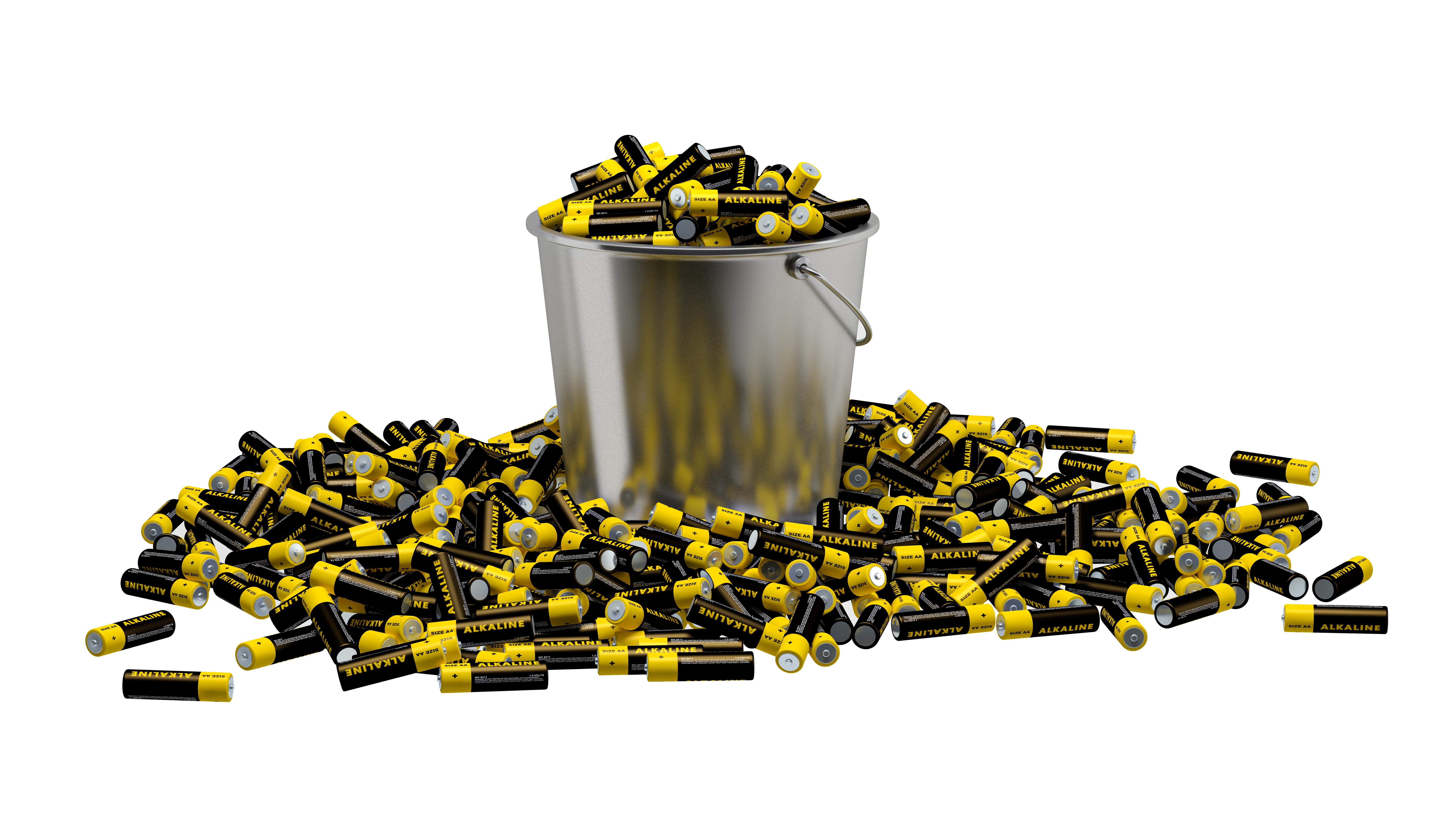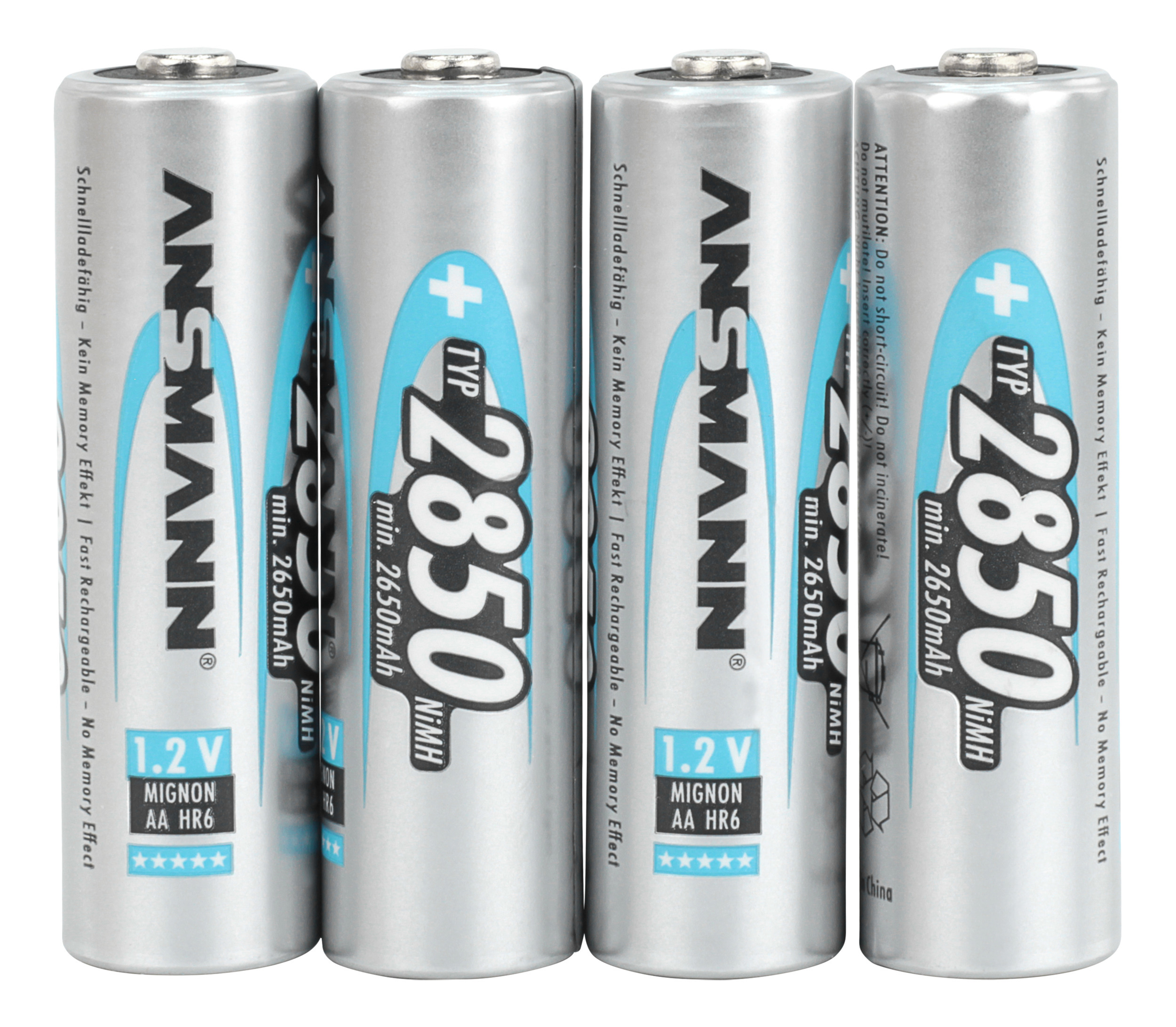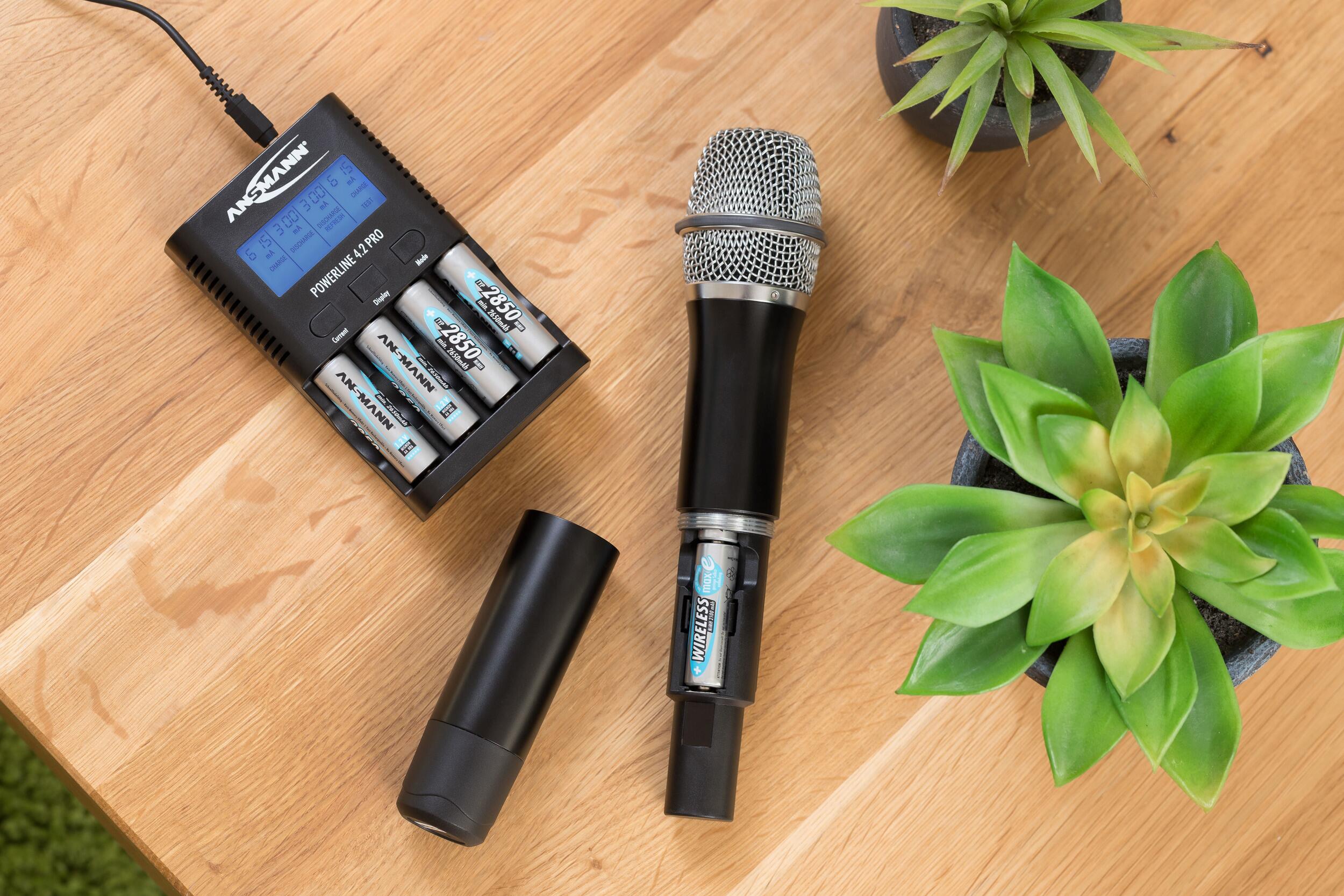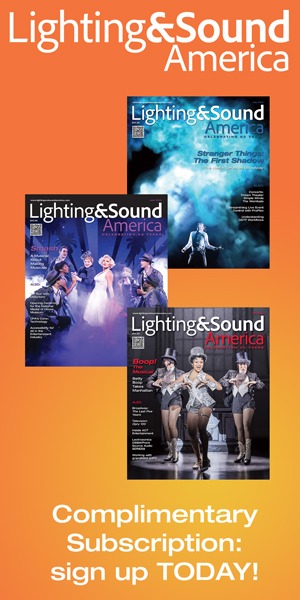
Congratulations! You’ve just received the approval for new wireless mics and in-ear monitors for your worship team. Before you purchase, have you counted the cost of batteries to power them for the next 5-7 years? It’s very possible to spend several hundred to several thousand per year on the cost of batteries. What are the options available to you?
As wireless microphone technology has evolved, so have the batteries that power them. Whether you choose alkaline batteries, proprietary rechargeable lithium batteries, or pro-grade NiMH rechargeable batteries, consider the following pros and cons of each.
Alkaline Batteries
It seems logical and simple. Buy alkaline batteries in bulk, use them once in your wireless unit, throw them away. For many years, and still today, some believe this is the only answer. Until you count the cost – and waste. How many church sound rooms still have the five-gallon bucket of half-expended alkaline batteries just waiting to be sent to the landfill? Still far too many.
The argument for using alkaline batteries rests upon the belief that wireless mics require the 1.5 nominal voltage alkaline battery chemistry produces. While it is true that alkaline batteries may start at 1.5 volts, the discharge curve of an alkaline battery is a downhill linear line that drops from 1.5, 1.3, 1.1, etc. until the wireless unit shuts down. Compare this to the discharge curve of both lithium rechargeable packs and pro-grade NiMH rechargeables which start at an adequate voltage level, (e.g., AA NiMH @ 1.44V,) dip slightly, and then maintain a steady voltage level, until along a flat discharge curve, until the charge run-time expires.
With alkaline batteries, figure the cost of $1 for every wireless unit per use. A thousand uses equals $1000 in battery cost. For example, let’s take a church running 10 wireless mics, twice weekly. Based upon this configuration, the total number of batteries used would be 2,080. The approximate cost would be $1080 – per year. In five years, you’ve spent over $5000 – plus you’ve added another 2000 batteries to the landfill. If 100,000 + churches in America continue on this path, that’s over 200 million throw-away batteries per year. You get the picture? Even if your team is only using 3-4 wireless mics, the cost and waste is incredible.

Proprietary Rechargeable Battery Packs
As rechargeable technology improved, and the demand for new “green-friendly” solutions increased, some wireless mic manufacturers have developed their own rechargeable battery packs for specific models. Which means, once you buy the model, you’re also buying their batteries -and chargers – many times at a premium price. To their credit, some manufacturer’s models allow the choice between alkaline batteries, rechargeable packs, or pro-grade rechargeable NiMH batteries – which gives you – the end-user – more options.
The technology is, for the most part, solid and there is no need to fear the dreaded “dead battery scenario” during the pastor’s sermon.
A typical lithium rechargeable pack will provide up to 500 cycles per life of the battery pack. While this is a better option than throwing away 2000 alkaline batteries, one must consider the cost. A single lithium battery pack may cost $95 each plus an additional $50-60 for the charger. Using the same example as the alkaline battery scenario, at the end of five years, your cost would be $1400 – $2000
10 wireless mics used 2x per week = 1040 cycles per year x 5 years = 3,120 cycles
Each wireless mics used 2x week = 104 cycles per year x 5 years = 520
One battery each @ $95 x 10 = $ 950 *Plus each additional battery $950
One-time charger cost @ $50 x 10 = $ 500
Total cost: $1450
Compared to alkaline batteries you’ve saved over $3500 in five years. *Keep in mind, this would be a best-case scenario, as with all rechargeable batteries, over time, the capacity diminishes and you may need to replace the lithium packs prior to the five-year time span, so be prepared to chalk up another $950 for the replacements.

Pro-Grade NiMH Rechargeables
The key to success in using NiMH rechargeables is based upon the adherence to five basic rules:
- Use only pro-grade rechargeables designed to meet the demand of pro-audio
- Use only pro-grade battery chargers/maintenance
- Know your run-time requirements.
- Develop a systematic charging technique
- Know when to replace your rechargeable batteries
Pro-grade rechargeables provide high capacity to provide the required run-time, high enough voltage to assure proper function of the wireless units and adequate recycles (recharges) to allow for optimum savings. As churches economize during tough times, the temptation to use consumer-grade NiMH rechargeables is only met with frustration and disappointment. Pro-grade rechargeables are economical enough to not pay a few bucks extra per pack. Look for brands that are time-tested and keep up with changing technology.
The same is true for battery chargers. Pro-grade chargers individually monitor/charge cells, provide battery maintenance, top-off batteries, do not overcharge and switch to trickle charge to maintain readiness. Avoid chargers that do not provide these functions.
Most importantly, know your run-time requirements and always start with a 100% charged battery. Choose a battery that will provide at least 25% more run-time than required. If you need 5 hours of run-time start to finish, use a battery that will provide 7 hours.
Get into a habit of returning the batteries to the charger after each use. Recharge them after every use. Do not try to “eek out” another use, as this will only weaken and drain the chemistry needlessly. There is no memory effect with pro-grade rechargeables, so it is not required to “drain down” the battery completely.
Knowing when to change out your rechargeable batteries is also important. Run-time will diminish after years of usage. Many churches purchase a charger/tester that will test remaining capacity of the batteries. So, for example, if you’ve been using an AA NiMH rechargeable rated at 2850 mah capacity, after 2-3 years of continual high drain, the battery may only charge back up to 80% capacity or 2,280 mah. Instead of providing 12+ hours of run-time, it will only provide 9 hours.

Ultimate Savings with Pro-Rechargeables
If we use the same example of 10 wireless mics 2x per week, here is the cost/savings analysis:
10 wireless mics used 2x per week = 1040 cycles per year x 5 years = 3,120 cycles
Each wireless mics used 2x week = 104 cycles per year x 5 years = 520
Two batteries each x 2 sets over 5 years @ $ 5 x 20 = $100
One-time charger cost @ $20 x 10 = $200
Total cost: $300
For a fraction of the cost of alkaline and lithium rechargeable packs, the use of pro-grade NiMH rechargeable batteries provides years of worry-free service, eliminates waste, and … allows you to budget more dollars for your next wireless purchase.
Food for thought.
David Schliep is the National Sales Manager for LMS Group, the North America Distributor for Ansmann Batteries and Chargers. He has over 20 years in experience with pro-audio battery and charger technology and has assisted over 30,000 churches, schools, theaters, and production companies make the switch to money-saving, planet-saving rechargeable technology.






